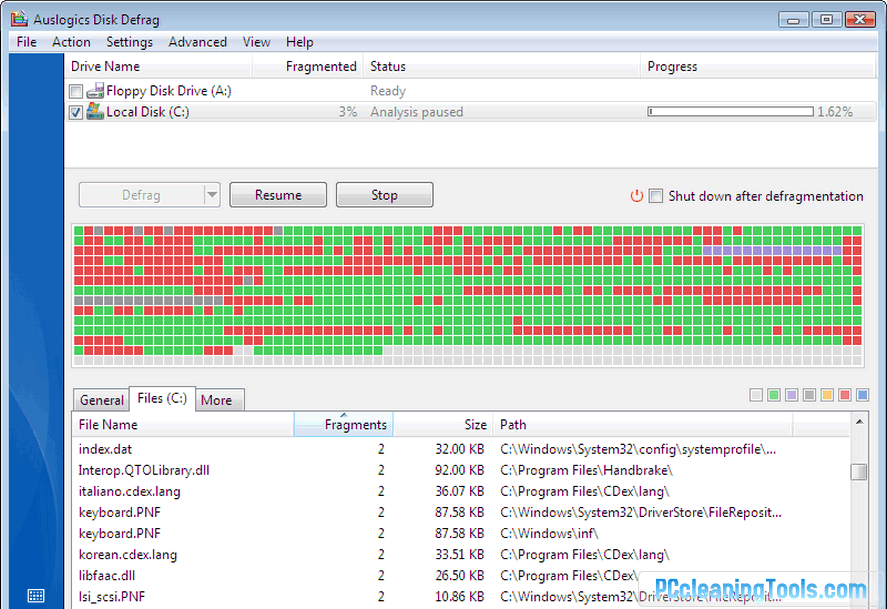

If you don’t need defragmentation, you can disable it in Settings. It’s possible to do this manually, but that will severely reduce the life of your SSD. Windows 10 will still show your SSD in the list of drives, but it won’t be optimized.Īnother way to prevent Windows from defragging your SSD is to enable the TRIM command in the System Properties window. This will prevent Windows from defragmenting your SSD, and will save you from having to manually stop the process. Then, you can uncheck the scheduled operation in the task scheduler.

First, you can disable the defragmentation service. Does Windows 10 Know Not to Defrag SSD?ĭo you want Windows 10 to stop defragmenting your SSD? There are two ways to do this.If your SSD has TRIM enabled, you don’t have to worry about a Windows update.

If you’re not sure, try enabling the TRIM option. The latest Insider Preview builds fix this bug. This is not a problem with older versions of Windows. You don’t need to manually defrag SSD, because Windows 10 will automatically decide whether to use your HDD or an SSD. Therefore, you can rest assured that defragging your SSD will improve your computer’s performance. Defragmentation, on the other hand, reorganizes these scattered files, allowing Windows to access them faster. This can increase the reading time of your disk, slowing it down. The first is that deleting or downloading files repeatedly can cause disk fragmentation. If you’re unsure of what defragmentation does, here are a few examples. However, this process should only be performed when you’re manually turning on Windows System Restore, not when Windows automatically runs defragmentation on your SSD.

It is true that SSDs don’t need defragmentation, but defragmentation can damage the integrity of an SSD, which will lead to a longer lifespan. Some people have asked if Windows 10 needs to defrag SSD.


 0 kommentar(er)
0 kommentar(er)
